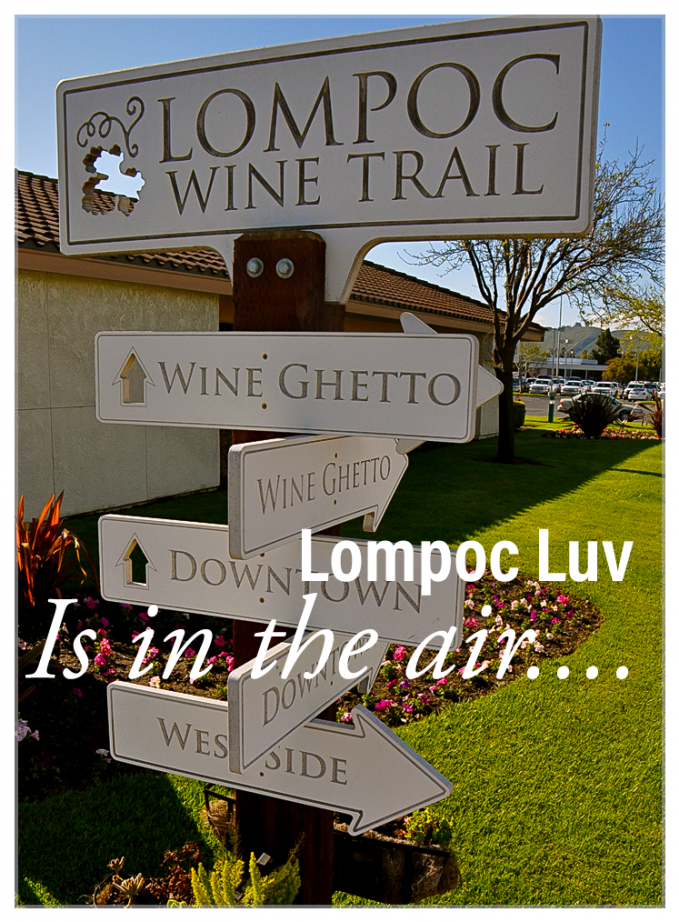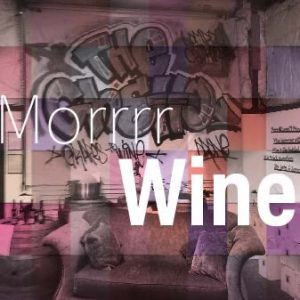
Wine X Staff
Wine X Magazine Online Edition
Two words you don’t often see together…” wine and ghetto” or even “ghetto and Lompoc”, for that matter.
And, anyway, what is a “wine ghetto”?
Where is it located?
All good questions…
Quick background on the Santa Barbara wine region. Located about 100 miles north of Los Angeles, the three valleys that make up the wine region are: Santa Ynez, Los Alamos and Santa Maria. If you have ever made the trek on HWY 101 from LA to San Francisco, you drove through all three valleys.
The unique thing about this wine region is that the topography flows from east to west while most wine regions in California are north to south. The natural boundaries that contain the valleys are the Santa Ynez range to the south and the San Rafael range to the north. These ranges open up to the west and converge in the east forming a large funnel which provides the area with a lot of ocean influence as far as temperature goes.
Lompoc sits at the Western part of the Santa Ynez valley. It’s home to Vandenberg Air Force Base (Space X launches some of its rockets here), an abnormal amount of Thai restaurants and the medium security Federal Correctional Institution (a prison). It is also home to the aforementioned Wine Ghetto.
Since it is situated in the Santa Barbara County wine region, it makes sense that there are some great wines coming out of the Ghetto.
Situated behind Home Depot, the Ghetto lies between Seventh and 12th streets off of Chestnut Court and Industrial Way more closely resembles a self-storage structure than a world-class winemaking facility. There are  over 20 wineries in a two and a half block area.
over 20 wineries in a two and a half block area.
You often hear about “boutique” wineries (I prefer “Nano” winery) or “cult” wines. This is where you’ll find them.
Warehouse wineries aren’t new in California. Wineries have been producing out of warehouses since the mid-60s. It is one of the best ways to keep overhead down. Plus, it allows the “everyday” winemaker a chance to produce and showcase wines without breaking the bank or bringing on money in the form of financial backers.
A lot of the producers in the Ghetto are focused on Pinot Noir. From where they are, they have access to some of the world’s greatest Pinot grapes. The western part of the Santa Ynez Valley and most of the Santa Maria Valley is dedicated to Pinot. The great big “air conditioner” known as the Pacific Ocean really helps to keep things nice and cool, just what Pinot grapes need.
There are too many grapes grown in the Santa Barbara region to list here. The area boasts over 60 different types of wine grapes thanks to the unique east to west temperatures. Most regions usually max out at about 35 types.
As far as the wines go, other than Pinot Noir, you’ll find an eclectic mix of wines coming from Ghetto producers. Your standards are there, like Chardonnay and Sauvignon Blanc, but you will also find Viognier, Grenache, Syrah, Dornfelder, Petit Sirah, Cinsault, white blends, red blends, and even sparkling wines…all of them in small lots.
What they lack in aesthetics, they make up in personal attention. Often times the winemaker is present to pour for you and answer any questions about his or her wines that you might have. These are small producers so employees are sometimes a luxury they can’t afford. But, the winemakers are happy to do it…the point here isn’t to push their wines and make hasty sales but, rather, to share the fruits, if you will, of their labor for you and sometimes…with you.
Because they are making wine on the cheap, they don’t inflate their bottle prices. Don’t tell them this, but they should be charging much more for the quality of wine they’re putting out.
So, don’t be afraid of the Ghetto. This one isn’t that scary.




